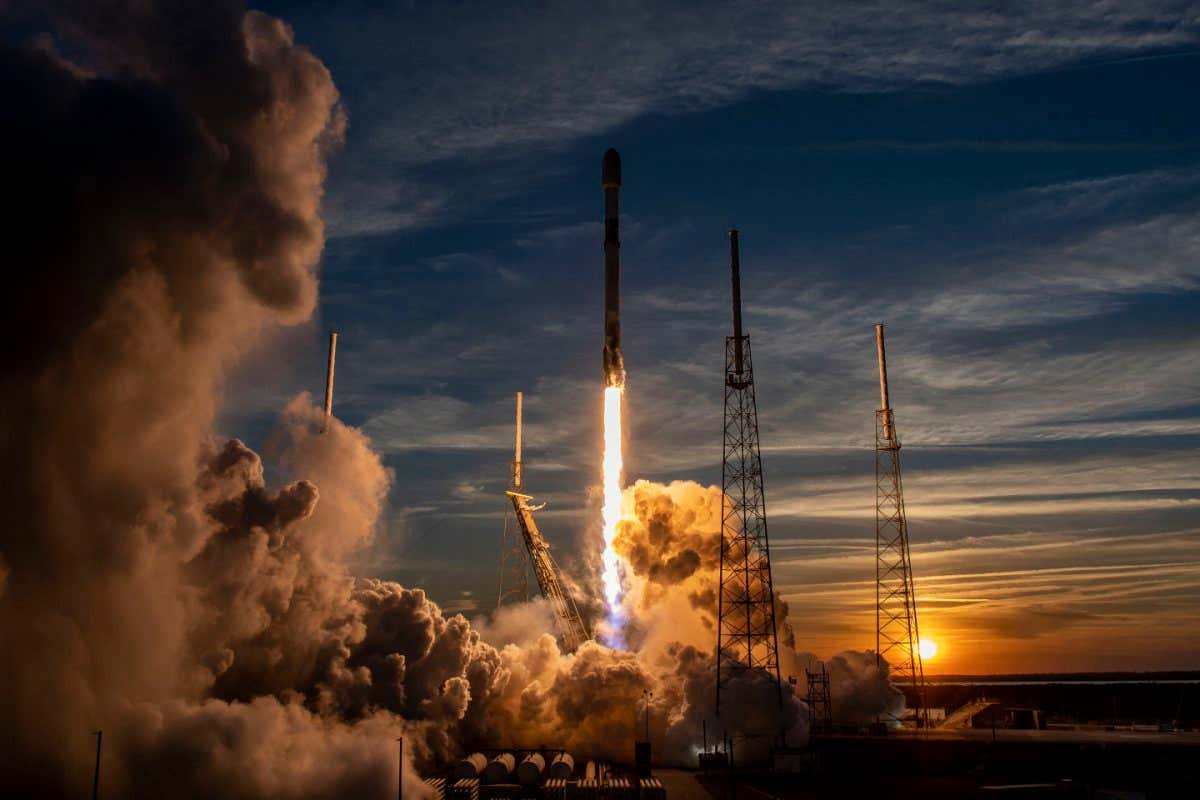Starlink V2 Launch: A Giant Leap for Global Internet Coverage
SpaceX's recent launch of Starlink V2 represents a significant milestone in the company's ambitious goal to provide global internet connectivity. This isn't just another satellite launch; it's a game-changer, promising drastically improved speed, capacity, and coverage compared to its predecessor. This article delves into the key features, implications, and future prospects of this groundbreaking technology.
Larger, More Powerful Satellites: The Key to Enhanced Performance
The Starlink V2 satellites are significantly larger and more advanced than their Generation 1 counterparts. This increase in size translates directly to enhanced capabilities:
- Increased Bandwidth: Each V2 satellite boasts a much larger capacity for data transmission, leading to faster download and upload speeds for users. This is crucial for meeting the growing demand for high-bandwidth applications like streaming, online gaming, and video conferencing.
- Expanded Coverage Area: The improved design and increased power allow each satellite to cover a larger geographical area, reducing the need for a dense constellation and improving coverage, especially in underserved regions.
- Laser Inter-Satellite Links (LIS): This revolutionary feature allows V2 satellites to communicate directly with each other using lasers, minimizing latency and improving network resilience. This is a critical advancement for delivering low-latency internet connections, even in remote locations.
Addressing the Digital Divide: Expanding Internet Access Globally
The launch of Starlink V2 holds immense potential for bridging the digital divide. Millions of people worldwide still lack access to reliable internet, hindering their access to education, healthcare, and economic opportunities. Starlink's ambitious plan to provide high-speed internet access to even the most remote areas is a significant step towards a more connected and equitable world.
This technology could empower:
- Rural Communities: Bringing high-speed internet to rural areas where traditional infrastructure is lacking or cost-prohibitive.
- Developing Nations: Accelerating economic development and improving access to information and education in underserved countries.
- Emergency Response: Providing crucial communication capabilities during natural disasters and other emergencies.
Challenges and Future Outlook
While the launch of Starlink V2 is undeniably positive, challenges remain:
- Regulatory Hurdles: Securing necessary approvals and licenses in different countries can be a complex and time-consuming process.
- Cost and Accessibility: While Starlink aims to make its service affordable, the initial cost and ongoing subscription fees might still be prohibitive for some users.
- Space Debris: The increasing number of satellites in orbit raises concerns about space debris and the potential for collisions. SpaceX is actively working on mitigating these risks.
Despite these challenges, the future of Starlink looks bright. The successful launch of V2 demonstrates SpaceX's commitment to its ambitious vision. Further launches and technological advancements promise even greater coverage, speed, and affordability in the years to come, potentially transforming how we access and utilize the internet worldwide.
Call to Action: Stay Connected for Updates
For the latest news and updates on Starlink V2 and its ongoing deployment, be sure to follow SpaceX's official channels and relevant technology news websites. The future of global internet connectivity is unfolding before our eyes, and it's an exciting time to be a part of it.

